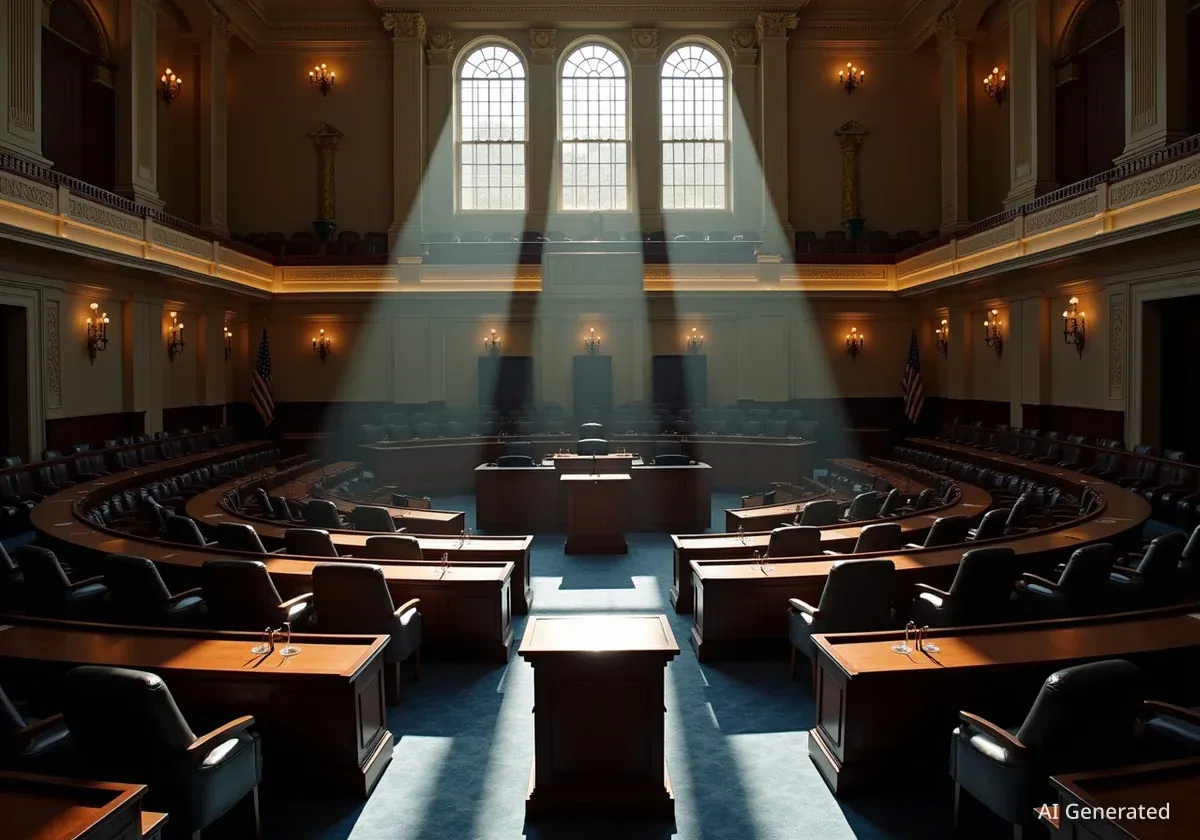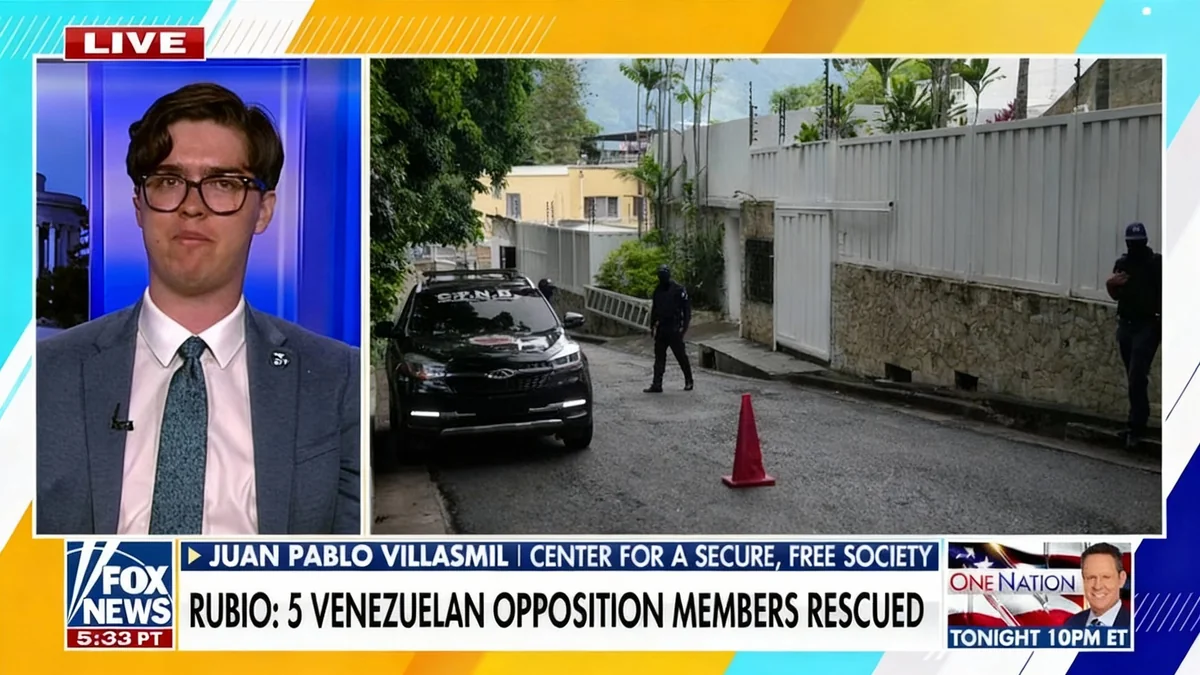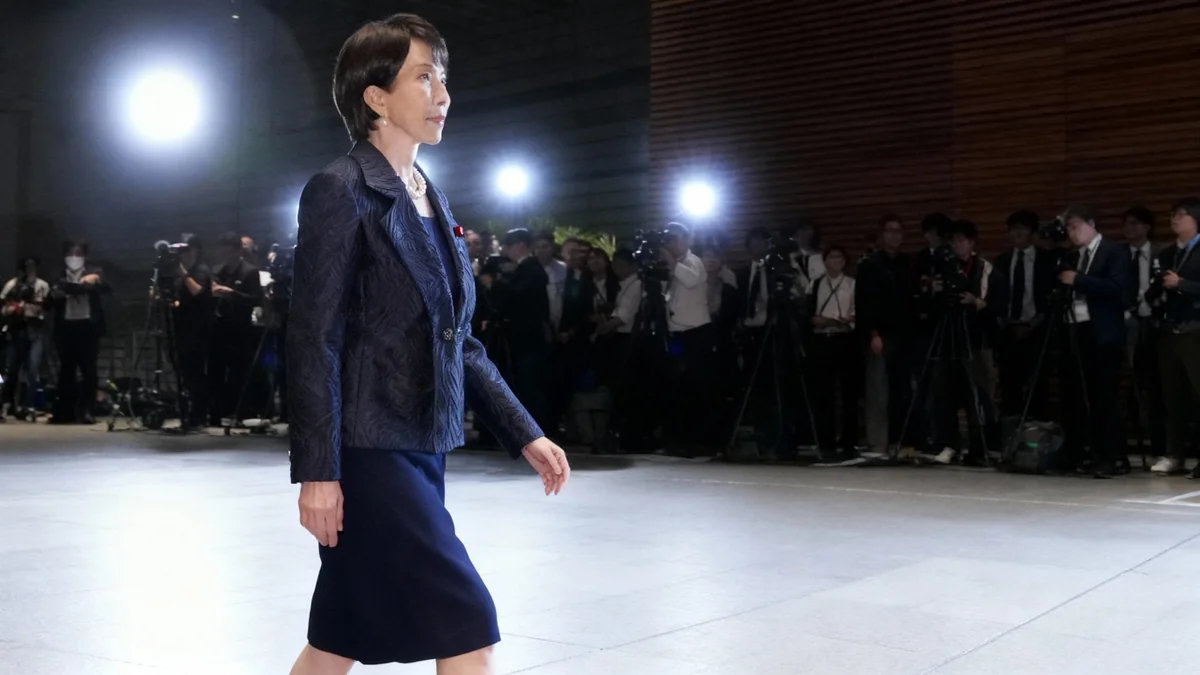The United States government has announced a sweeping overhaul of its visa system, introducing a substantial new annual fee for the H-1B visa and creating several new premium visa categories. The changes, signed into effect by President Donald Trump, include a $100,000 annual fee for the H-1B visa, a program widely used by technology companies to hire foreign workers.
Alongside the H-1B modifications, the administration unveiled a new executive order establishing a 'Gold Card' pathway for individuals of extraordinary ability. This new system introduces multi-million dollar investment requirements for residency and work privileges, aiming to generate significant revenue and attract high-value contributors to the U.S. economy.
Key Takeaways
- The annual fee for the H-1B visa for skilled foreign workers has been increased to $100,000.
- A new 'Gold Card' visa was introduced, requiring a $1 million payment upon approval for individuals.
- Additional premium tiers, the 'Platinum Card' ($5 million) and 'Corporate Gold Card' ($2 million), were also announced.
- The administration stated the goal is to incentivize hiring American workers and attract high-net-worth individuals.
- The changes are expected to significantly impact companies that rely on the H-1B program, particularly in the tech sector.
Major Changes to the H-1B Visa Program
The most immediate change affecting a large number of applicants is the drastic increase in the cost of the H-1B visa. The new rule mandates a $100,000 annual fee for this visa category. The move is a significant departure from the previous fee structure.
President Trump stated the primary motivation for the fee increase is to encourage companies to prioritize domestic talent. During the signing of the proclamation, he emphasized that the "incentive is to hire American workers."
"We're taking in hundreds of billions of dollars," Trump said, connecting the new visa revenue streams to broader economic goals.
The administration later clarified the policy's dual purpose. A statement explained that the measures will protect American workers while also creating a pathway for companies to employ "truly extraordinary people" from abroad.
The H-1B Visa in Context
The H-1B is a non-immigrant visa that allows U.S. employers to temporarily employ foreign workers in specialty occupations. These roles generally require a bachelor's degree or higher in a specific field. The program is heavily used by technology and IT companies. The U.S. currently has an annual cap of 85,000 H-1B visas issued through a lottery system due to high demand.
This policy change is expected to have a considerable impact on specific demographics. According to government data, Indian nationals have historically accounted for approximately 75% of all H-1B visas awarded each year. Companies in the tech sector will now face a significant cost-benefit analysis when considering hiring foreign talent versus domestic applicants.
Introducing the 'Gold Card' Visa Tier
A central component of the new immigration framework is an executive order titled 'The Gold Card'. This order establishes a new visa pathway designed for what the administration terms "foreigners of extraordinary ability."
The White House described the Gold Card as a program that prioritizes entry for high-value contributors to American society. This includes successful entrepreneurs, investors, and established business professionals who are committed to supporting the United States.
'Gold Card' Application and Cost
- Eligibility: Individuals of "extraordinary ability" such as entrepreneurs and investors.
- Initial Step: Applicants must pay a nonrefundable processing fee to begin the process.
- Final Payment: If the application is approved, the applicant is required to make a payment of $1 million.
- Benefit: Successful applicants gain the ability to move and reside freely across all 50 U.S. states and territories.
President Trump positioned the Gold Card as a major revenue generator for the country. He stated that the funds collected would be used to support the national economy.
"The Gold Card will be taking in hundreds of billions of dollars, and companies will be able to keep some people they need. They need people of expertise, great expertise," Trump commented. He added, "we're going to take that money and we're going to reduce taxes, we're going to reduce debt."
The program aims to attract individuals who can make significant financial and intellectual contributions to the U.S., creating a direct link between immigration and national revenue.
New Premium Visa Options: Platinum and Corporate Tiers
Beyond the individual Gold Card, the executive order outlines even more exclusive and costly visa options, including the Trump Platinum Card and the Trump Corporate Gold Card.
The Trump Platinum Card
This tier is designed for individuals seeking enhanced benefits. While the registration process has not yet opened, it will reportedly operate on a first-come-first-served basis for those on a waiting list.
The financial requirement for the Platinum Card is substantially higher. An approved applicant must pay a sum of $5 million. In exchange, the card offers a unique tax advantage. According to the announcement, a Platinum Card holder can reside in the United States for up to 270 days per year without being subject to tax on their U.S.-based income.
The Trump Corporate Gold Card
This option is tailored for businesses rather than individuals. It allows corporations to sponsor foreign employees under this new framework. The cost for a corporate sponsorship is set at $2 million per employee.
The application process for the corporate card involves a non-refundable processing fee for each employee a company wishes to sponsor. Furthermore, the Trump Corporate Gold Card is subject to an annual maintenance fee and a transfer fee if the employee changes roles or companies, adding to the long-term cost for the sponsoring business.
Economic and Industry Implications
The comprehensive changes to the U.S. visa system are set to create significant ripples across various sectors of the economy, particularly technology and international business. The new fee structure fundamentally alters the financial calculations for hiring foreign talent.
For technology companies that have long relied on the H-1B program to fill specialized roles, the $100,000 annual fee per employee represents a massive increase in operational costs. This may lead to shifts in hiring strategies, with a greater emphasis on domestic recruitment, remote work arrangements with international teams, or relocating certain operations outside the U.S.
Meanwhile, the Gold and Platinum card tiers create a new market for high-net-worth individuals seeking U.S. residency. Financial advisors and immigration attorneys will likely see a new client base interested in navigating these high-stakes investment-for-visa programs. The long-term economic impact and the actual revenue generated from these premium tiers will be closely watched by policymakers and economists.





